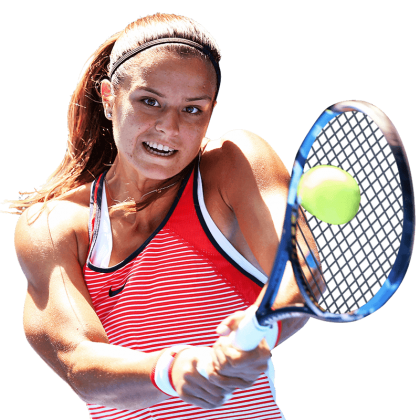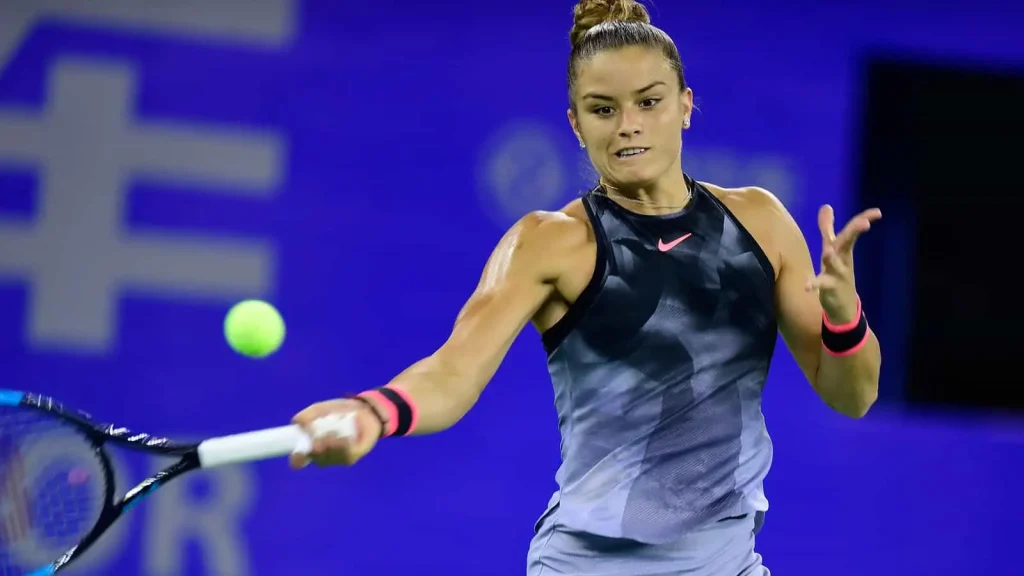Alright, so I’m gonna walk you through how I tried to predict Maria Sakkari’s performance in her recent matches. It was a bit of a rollercoaster, lemme tell ya.

Step 1: The Data Dive
First things first, I started gathering data. I mean, you can’t predict anything without the numbers, right? I scraped match stats from a bunch of tennis websites – stuff like win percentages on different surfaces, head-to-head records against her opponents, recent form (wins and losses), and even some more granular data like first serve percentage and break point conversion rates.
Step 2: Feature Engineering (Fancy Talk for “Making the Data Useful”)
Raw data is messy. I needed to clean it up and create some meaningful features. For example, instead of just looking at the number of wins, I calculated a “recent performance score” based on her last 5 matches, giving more weight to more recent wins. I also looked at her performance against similar-ranked players. You know, does she usually struggle against players with aggressive baseline games, or does she thrive against them? That kinda stuff.
Step 3: Model Selection (Picking the Right Tool)

Okay, here’s where it gets a little more “techy,” but don’t worry, I’ll keep it simple. I experimented with a few different machine learning models. I tried a basic logistic regression (good for predicting binary outcomes – win or lose), a random forest (which is like a bunch of decision trees working together), and even a simple neural network. Honestly, the random forest gave me the best results, so I stuck with that.
Step 4: Training and Testing (Teaching the Model to Predict)
I split my data into two sets: a training set and a testing set. The training set is what I used to “teach” the model. Basically, I showed it the data and told it whether Sakkari won or lost each match. Then, I used the testing set to see how well the model could predict the outcome of matches it hadn’t seen before. This is super important because it tells you how well your model is likely to perform in the real world.
Step 5: Prediction Time (Putting the Model to Work)
Alright, so I had my trained model, and Sakkari had a match coming up. I fed the model all the relevant data about her and her opponent – their stats, rankings, recent form, etc. – and the model spit out a probability of Sakkari winning. I’d then use that to make my prediction.

Step 6: Reality Check (How Did I Do?)
This is where it got interesting. Some predictions were spot on, others… not so much. I definitely had some misses. Sakkari’s a great player, but tennis is a volatile sport. Upsets happen all the time. Things like player fatigue, court conditions, even just a bad day at the office can throw everything off.
What I Learned
- Data is King (But Not the Only King): Good data is crucial, but it’s not a magic bullet. You need to be aware of the limitations.
- Context Matters: Stats only tell part of the story. You need to consider things like the importance of the match, the crowd, even the weather.
- Tennis is Unpredictable: No model is perfect. Tennis has so many variables that it’s impossible to predict every match correctly.
Overall, it was a fun experiment. I didn’t become a millionaire betting on tennis (obviously!), but I learned a lot about data analysis, machine learning, and the beautiful unpredictability of sports. And hey, maybe with a little more tweaking, I can improve my model and get a few more predictions right next time.














